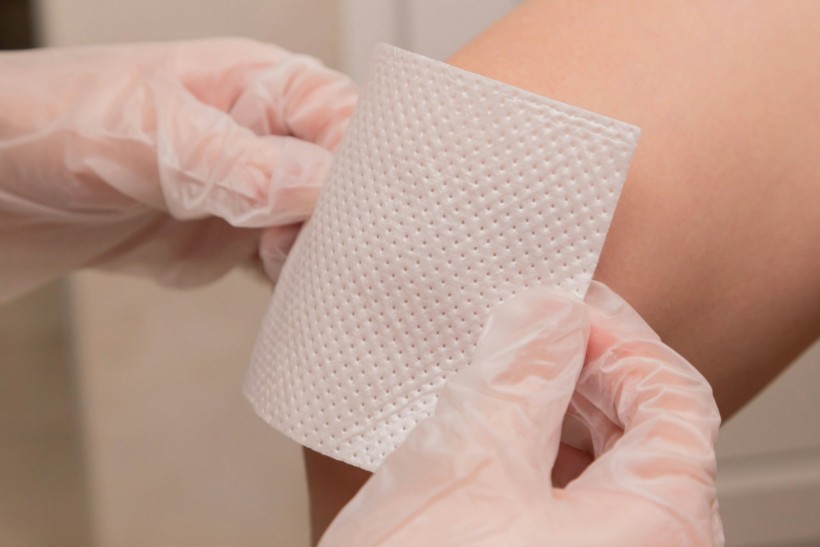In a recent study, scientists developed a newly designed cotton bandage to help fight bacterial infections better and accelerate the healing of chronic wounds.

Challenges in Using Cotton Bandages
Wound management has been a pivotal challenge in healthcare since wound healing involves different phases. Infection, desiccation, pressure, necrosis, and trauma can hinder wound healing. Because of this, a potent wound dressing should also perform other functions besides preventing infections, moisturizing the skin, and preserving the wounds from the outer environments.
Many years ago, humans realized that gauze fabric, made with cotton, can be instrumental in dressing wounds, burns, and other injuries. Cotton is inexpensive, comfortable, readily available, and biocompatible. However, using cotton bandages has downsides, such as the inability to promote healing and actively treat infections. Cotton alone cannot answer complications, so it needs to be biofunctionalized.
READ ALSO: Tiny Electric Generators Can Help With Accelerated Wound Healing Process
Harnessing Nanofibers for Wound Management
Experts from Cornell University improved the functionality of standard cotton gauze by coating it with nanofibers. This is done by harnessing the antioxidant and antibacterial properties of lawsone, a red-orange botanical compound in henna leaves. The result of their study is discussed in the paper "Functionalization of cotton nonwoven with cyclodextrin/lawsone inclusion complex nanofibrous coating for antibacterial wound dressing."
Nanofibers offer benefits for coating systems with low-soluble drugs. With a high surface-to-volume ratio, this type of material can provide a higher dissolution rate for fast-dissolving systems. Aside from this, nanofibers can also act as a potent system for improved drug solubility by helping prevent premature degradation and enabling the disintegration of its dosage form.
In this study, lawsone demonstrated the ability to speed wound healing. This can help prevent overreliance on synthetic antibiotics. The prolonged use of these substances in high concentrations has contributed to the emergence of multidrug-resistant microorganisms. Because of this, there is a need for natural and potent antibacterial substances such as Lawsone.
However, lawsone compounds offer one challenge brought by their solubility in solution and low absorption by the body. The experts use cyclodextrins, a family of natural oligosaccharides obtained from starch, to address this concern. This enabled the experts to make a combination that bound the lawsone molecules within the cyclodextrin framework.
The researchers used electrospinning equipment to form a homogeneous nanofibrous coating from the lawsone-cyclodextrin combination. This coating was applied on a non-woven cotton pad.
After testing its effectiveness, it was found that the experimental dressing exhibited higher antioxidant activity, an indication of its potential for faster wound healing. It also has excellent antibacterial performance against both gram-negative and gram-positive bacterial species. In addition, the experimental dressing effectively eradicated E. coli and staphylococcus bacteria.
By overcoming the constraints of lawsone's absorption and solubility, the innovative dressing design represents a promising development in wound management. This novel type of bandage can be used in chronic wounds such as burns and diabetic ulcers, which are easily prone to infection.
RELATED ARTICLE: Stem Cell Dynamic Therapy Could Heal Wounds
Check out more news and information on Wound Healing in Science Times.














